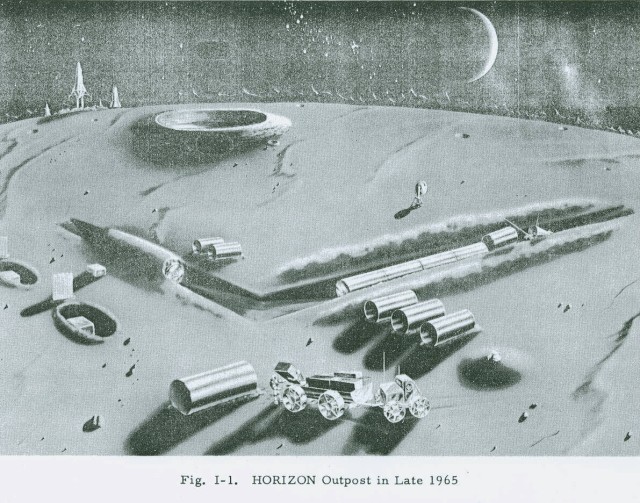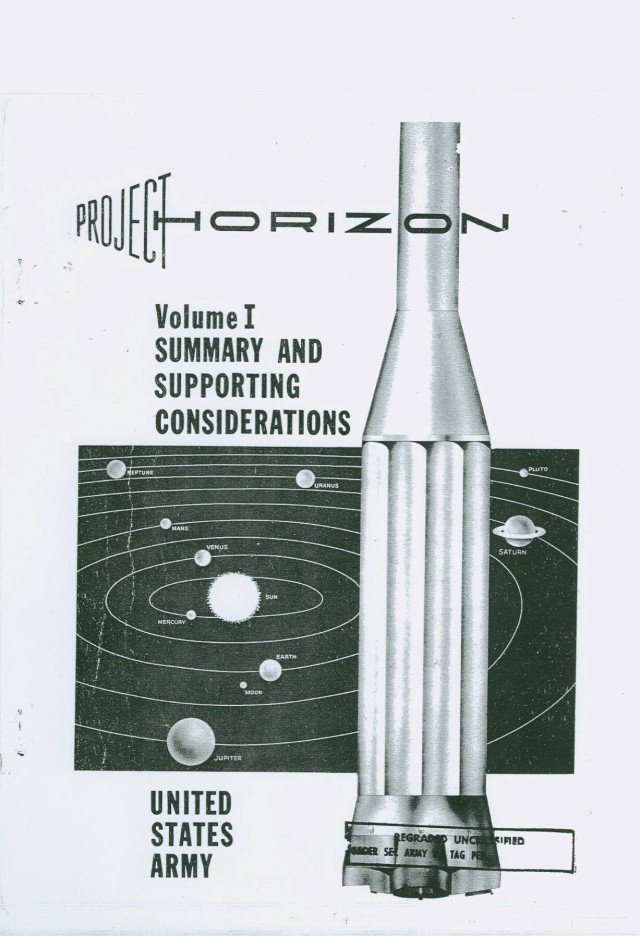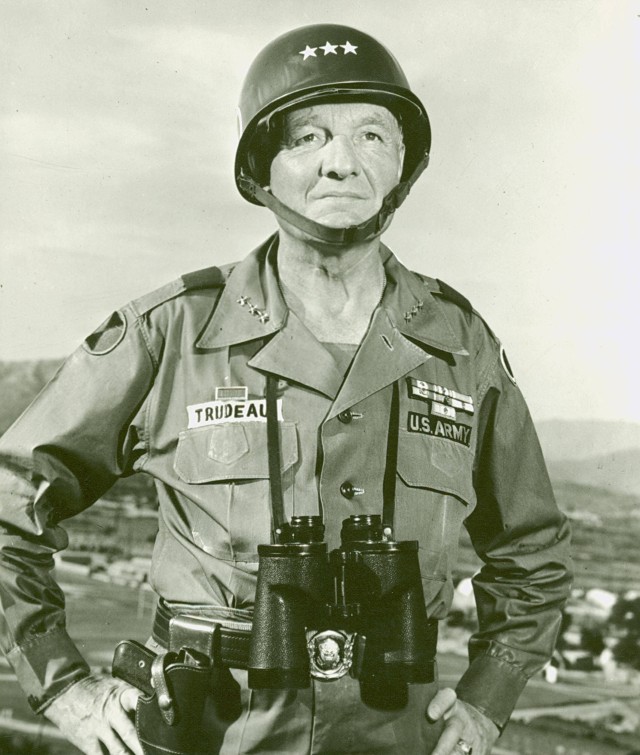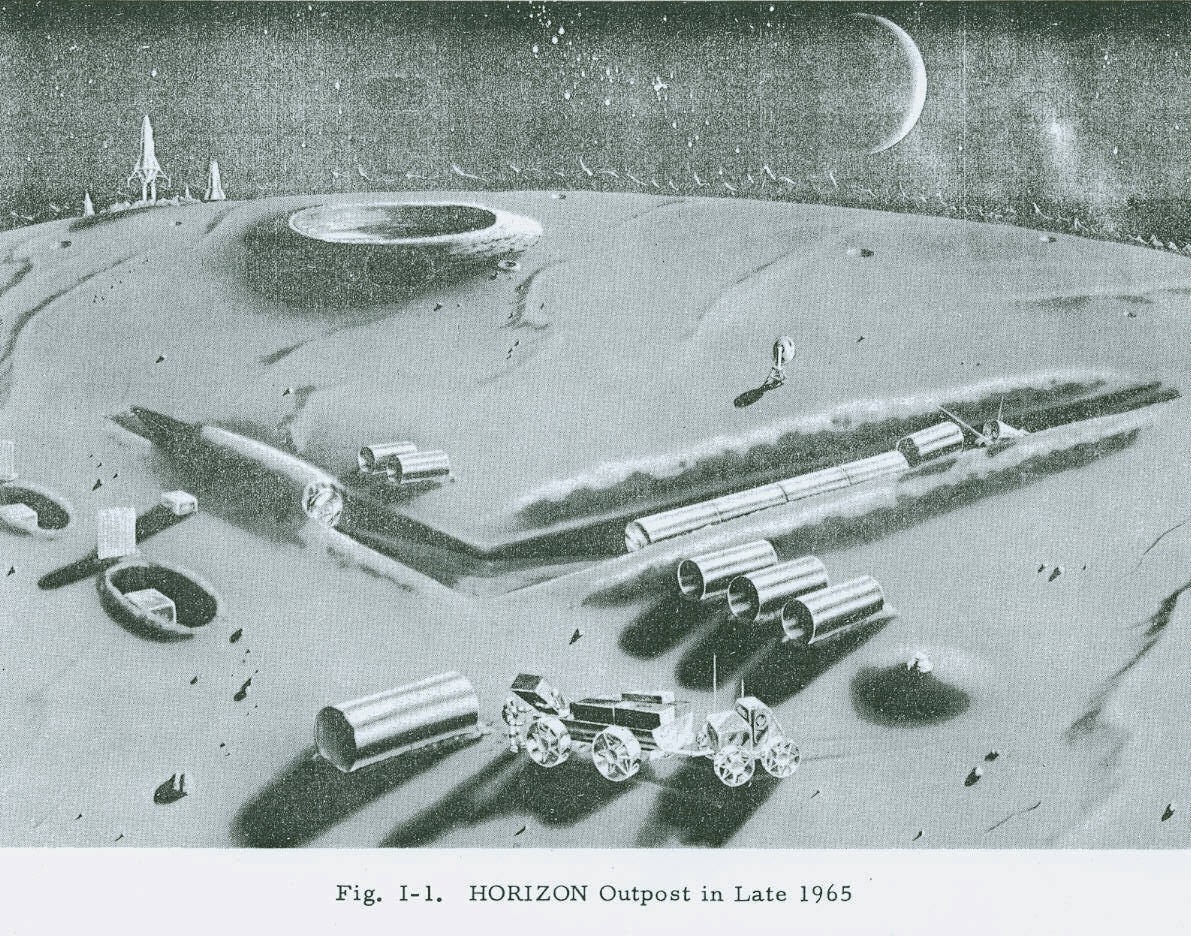The launch of Sputnik by the USSR on October 4, 1957, shocked the United States and had it scrambling to match the achievement.
By then, the Eisenhower administration had already made the basic policy decision to pursue scientific space exploration through the civilian National Advisory Committee for Aerospace (NACA), later known as National Air and Space Agency (NASA). Unfortunately, the existing rocket platform that NACA/NASA employed, the Vanguard, developed by the Navy, did not seem up to the task. Attempted launches ended in highly public and embarrassing failures, culminating in a failed orbital launch in December, 1957.
The government agency with the most extensive experience with rocket programs was the Army. This dated back to the days after World War II, when the Army recruited many of the leading German rocket scientists who had developed the V-2 rocket during the war. The most well-known member of this team was Werner von Braun. As a result, the Army was able to produce a family of missiles and rockets that was fairly successful. Ultimately, it was the Army Jupiter that launched Explorer I, AmericaAca,!a,,cs first orbital satellite, in January, 1958.
In the mid and late 1950s, the Army had a major program in Research and Development to explore new weapons and to field equipment. The Army had played a considerable role in programs like the Manhattan project and then the rocket and missile program, but the service was also trying to remain relevant in the Atomic Age amid fierce bureaucratic inter-service battles over resources and roles and missions. The Chief of Research and Development served as a member of the primary staff of the Department of the Army, a status which reflected the importance the Army placed on this activity.
In April, 1958, Lieutenant General Arthur Trudeau succeeded Lieutenant General James Gavin as the Army Chief of Research and Development. Trudeau, originally an engineer officer, had also served as the Commanding General of the 7th Infantry Division in the closing campaigns of the Korean War, and as the Army Assistant Chief of Staff for Intelligence. He came into office as the Aca,!A"Space RaceAca,!A? was rapidly becoming a new battleground of the Cold War. There were even studies under way for the Army to establish a military base on the moon.
Trudeau, a veteran of the bruising military and political tumult in Washington, made a cold blooded assessment of the situation. The Air Force and the Navy were the services which were responsible for employing strategic nuclear weapons. The Army had tactical nuclear weapons, but it only needed relatively short-range delivery systems, confined to a theater, such as the atomic cannon and the Sergeant and the Honest John missiles. The fact that the Army had long-range missiles such as the Jupiter was an outgrowth of the postwar rocket program and the skill of the team it had assembled at the Redstone and Huntsville Arsenals. It became harder and harder to justify the Jupiter and even larger missiles as another form of artillery. Given all that and the need NASA had for launch vehicles, Trudeau agreed that Army would transfer von Braun and his team to NASA and the land-based ballistic missile mission to Air Force. The transfer was effected in a series of memoranda and agreements beginning in October, 1959.
An important and appealing role for the Army in the Space Race LTG Trudeau willingly sacrificed for the greater good of the Armed Services and of the nation.








Social Sharing